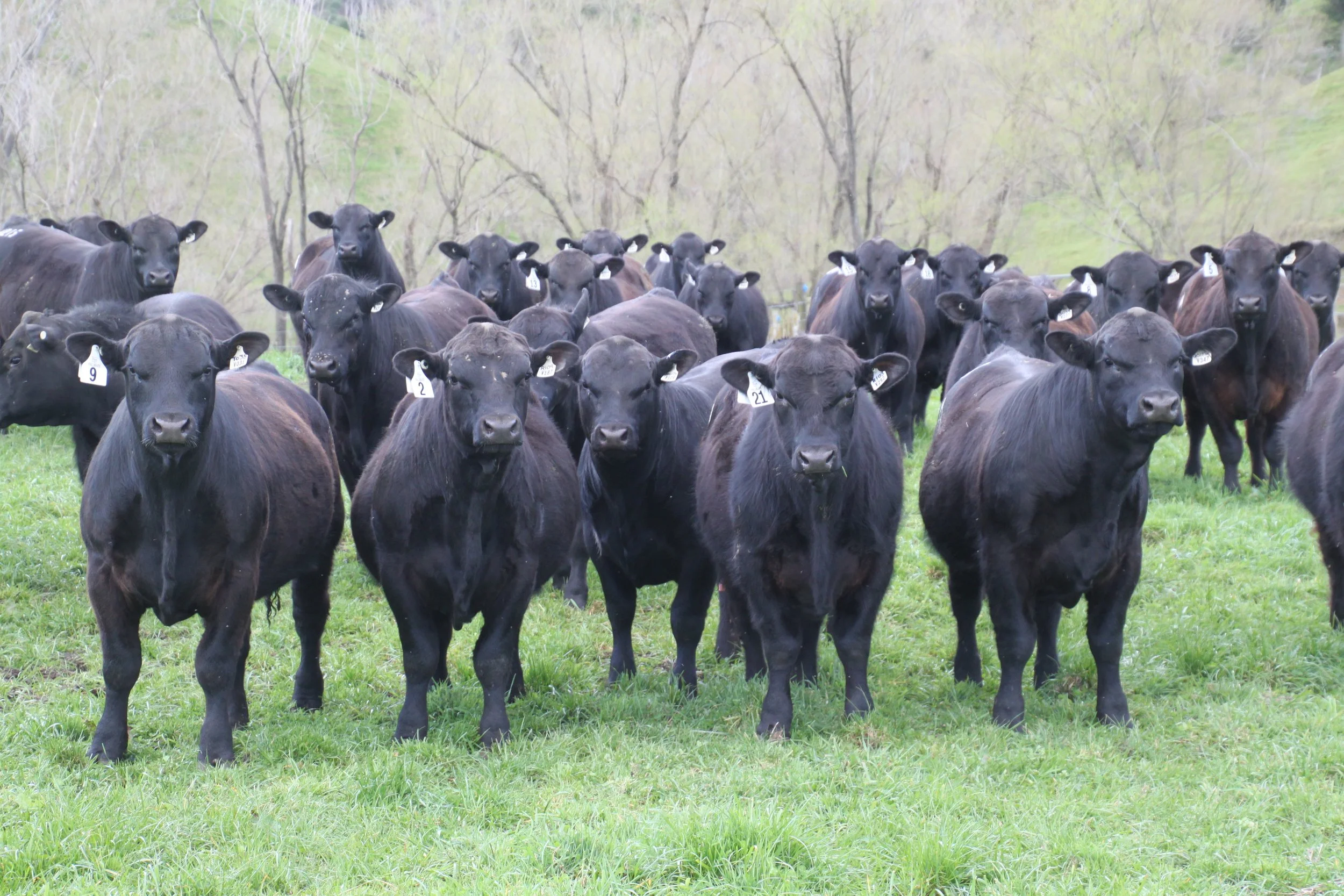Yearlings Love Yearlings
A Maternal Match Made
It's proven. Early conceiving yearling heifers that calve easily and are quick to rebreed, establish long-lived productive cow herds.
Why use Yearling Bulls?
Bulls that are first mated as yearlings tend to enjoy longer, more productive working lives. Research from NSW DPI (2024) supports the idea that initially using bulls as yearlings leads to greater fitness and less excess body condition early on. Because yearling bulls are still growing, they remain more active and do not reach their full genetic size as quickly—sometimes not at all. This slower growth pattern is beneficial for their development, although good nutrition is essential during this stage - their smaller size reduces the likelihood of later-life breakdowns.
Using bulls before they become over-conditioned as unmated two-year-olds helps them build a robust frame through experience and gradual development. Notably, bulls that serve as yearlings place less stress on their skeletons, supporting long-term soundness.
In New Zealand, the main causes of bull breakdowns are penile injuries, chronic lower back issues, and lameness due to feet or leg injuries, with penile injuries being the leading reason for insurance claims (Robertson, 2025). As cattle have generally become larger, these issues are more pronounced, but yearling bulls—being fitter and lighter—face fewer of these problems. Evidence suggests that maintaining bulls at a lighter weight reduces injury risk and extends their working lifespan.
Yearling bulls are more social and easier to handle. They mix well with mature bulls; they fight less and don’t learn the riding and bullying behaviour that the usual mob bulls develop.
Yearling bulls for yearling heifers
Bulls that are first mated as yearlings tend to enjoy longer, more productive working lives. Research from NSW DPI (2024) supports the idea that initially using bulls as yearlings leads to greater fitness and less excess body condition early on. Because yearling bulls are still growing, they remain more active and do not reach their full genetic size as quickly—sometimes not at all. This slower growth pattern is beneficial for their development, although good nutrition is essential during this stage - their smaller size reduces the likelihood of later-life breakdowns.
Using bulls before they become over-conditioned as unmated two-year-olds helps them build a robust frame through experience and gradual development. Notably, bulls that serve as yearlings place less stress on their skeletons, supporting long-term soundness.
In New Zealand, the main causes of bull breakdowns are penile injuries, chronic lower back issues, and lameness due to feet or leg injuries, with penile injuries being the leading reason for insurance claims (Robertson, 2025). As cattle have generally become larger, these issues are more pronounced, but yearling bulls—being fitter and lighter—face fewer of these problems. Evidence suggests that maintaining bulls at a lighter weight reduces injury risk and extends their working lifespan.
Yearling bulls are more social and easier to handle. They mix well with mature bulls; they fight less and don’t learn the riding and bullying behaviour that the usual mob bulls develop.


